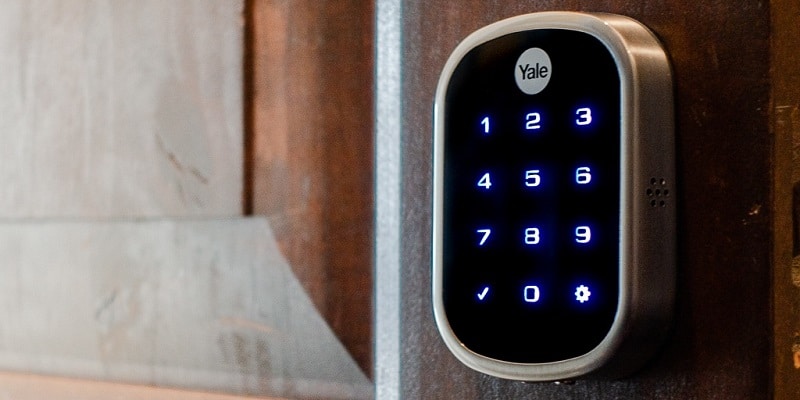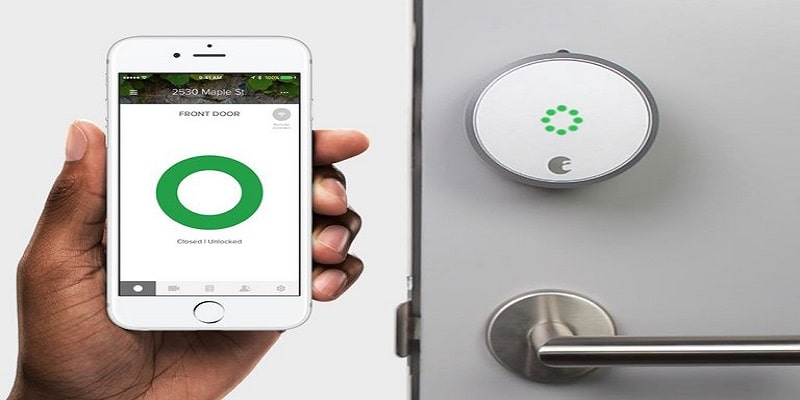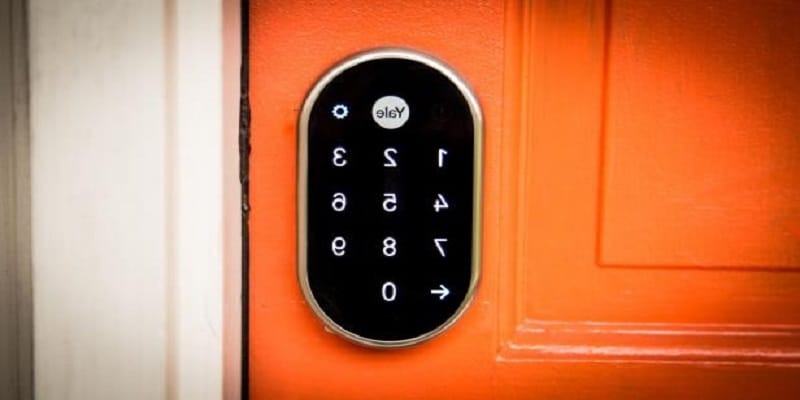Smart locks are one of the key elements in the smart home world. Manufacturers like August, Yale and Schlage have blessed us with smart locks that function with Google Assistant, Amazon Alexa and Apple HomeKit. Smart locks give you comfort and also let you know what is happening at your front door from wherever you are, but there are still some risks involved.
Below are some reasonable tips to ensure your smart lock is very safe.
1. Make Use Of A PIN For Voice Unlocking
Is your smart lock is linked to a voice assistant? Then ensure you make use of a PIN to unlock it with audible commands. It is hectic, yes, but you can do a good evading job in IFTTT to see to it that you do not use the PIN. Anyone outside your house can also request your voice assistant to open the door if they know a few things about your device.
That is a different tutorial but believe me when i say making use of a PIN for voice unlocking is a sure thing to keep your smart lock safe. By default, Google Assistant and Amazon Alexa both need an audible PIN for voice unlocking, and one can be used for various smart locks, which includes the August Smart Lock Pro, the Kwikset Obsidian and Yale’s Assure SL Touchscreen Deadbolt.
You Might Also Want To Read- How to configure and use Apple CarPlay
2. Come Up With Codes For Individuals
Individual codes are a massive way to make sure your safety is assured, plus it monitors who is entering and exiting your home. It is a brilliant idea for you to not use a single code for friends, family, visitors and others. Lots of these locks allow you to use a minimum of 10 codes. Some, such as the Nest X Yale lock allows an unrestricted amount of individual codes. That is useful if you ask me.
Try using one code for each person in your household, one for visitors and a different one for professional services. Smart lock applications allow you to know which code or user opened the door in an activity history log in the companion application.
3. Seize The Advantages That Come With Scheduling
Several smart locks, such as the Array by Hampton, allow you schedule these codes. Meaning you can set a particular code to only be activated from 12AM to 5PM on weekdays.
If your house has been rented out, or you have visitors that will stay with you throughout the weekend, you can come up with an expiring code that will function between the set time and day. This allows you to grant access to whoever needs your home, but just during the period when they have need for it and not after they are through.
You Might Also Want To Read- How Do I Screenshot On A PC?
4. Activate Additional Features
There are lots of additional features smart locks use to ensure your safety is guaranteed. Decoy numbers like the one seen on Kwikset Obsidian, are numbers that might be shown on a keypad before you type in your code. Entering the decoy numbers, which vary, before your code means you use more of the keyboard for a long time and make it difficult for potential intruders to be able to guess what your code might be based on fingerprints or how old some buttons look.
Auto relock is an easy feature several locks provide that locks your door after a set period of time, making sure that whenever you exit your house and forget to lock the door, your smart lock can get that done for you.
5. Ensure Firmware Is Up To Date
Finally, ensure your smart lock and its companion applications are up to date. The companies that bless us with them can use software and firmware updates to rectify security issues and enhance your smart lock’s performance. Make sure your applications are checked from time to time and do not fail to update whenever there is a fresh firmware or software available.



